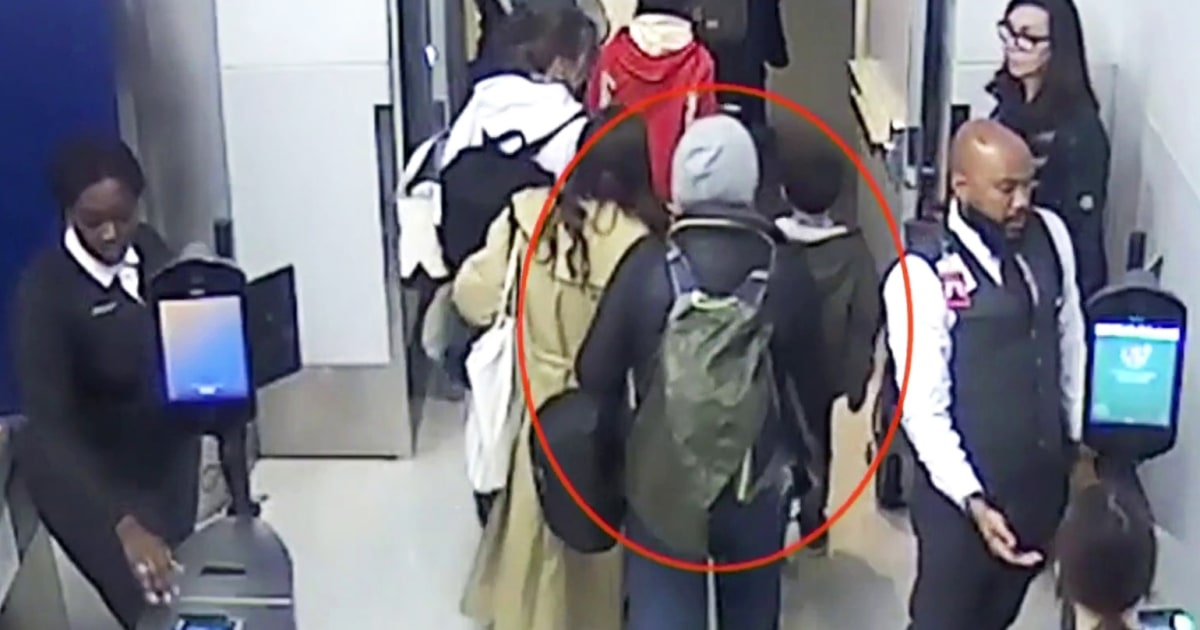Rare ‘smiley face’ celestial alignment on Friday: NASA

Sky chart showing the eastern sky 45 minutes before sunrise on April 24, with Venus, Saturn and the crescent Moon forming a grouping low in the sky. Mercury might also be visible for those with a completely clear view to the horizon. (NASA/JPL-Caltech) You could be greeted by a rare “smiley face” celestial alignment in the early hours of Friday, NASA has stated. The Moon, Venus and Saturn are expected align into a shape resembling a grin, which could last for an hour, the American space agency says. This alignment will be visible from the countries in the Northern Hemisphere along the eastern horizon. What is this ‘smiley face’? The “smiley face” will be made up of an alignment of the two planets and the crescent moon, creating a celestial grin. However, according to NASA, it may not look exactly like a mouth and a pair of perfectly lined up eyes smiling at you. “Find Venus, Saturn, and the crescent moon gathered low in the east as dawn warms the morning sky,” NASA said in the statement earlier this month. “Those with a clear view to the horizon might also pick out Mercury looking bright, but very low in the sky.” Saturn is expected to resemble the lower of the two eyes, while Venus will appear higher, according to NASA. When will it be visible? According to The Weather Network, the best time to view the phenomenon will be between 5:30 and 5:45 a.m. EDT on April 25. Venus will rise first, around 5 a.m., followed by Saturn and the Moon roughly half an hour later. The triple conjunction will be visible until sunrise, with Saturn disappearing from sight first, followed by Venus and the Moon. However, the visibility could be deterred due to cloud cover, the weather agency says. What is a triple conjunction? A triple conjunction is an astronomical event when two planets or a planet and a star appear in the sky three times within a short period, according to Star Walk. A triple conjunction only involves two celestial objects repeatedly meeting in the sky. How common is a triple conjunction? There are three main types of triple conjunctions, Star Walk says, between inferior planets (the ones that orbit closer to the Sun than the Earth), between an inferior and a superior planet and between two superior planets. The conjunctions between inferior planets occur almost every time Venus passes behind the Sun, but is usually hidden due to the Sun’s glare. This particular conjunction is between Venus and Saturn, which falls under the umbrella of a conjunction between an inferior and a superior planet. These occur once in every 10 years, especially when an inferior planet is in its retrograde phase while a superior planet is near opposition, according to Star Walk. A conjunction between two superior planets is the rarest and happens only once in a century at most.
















